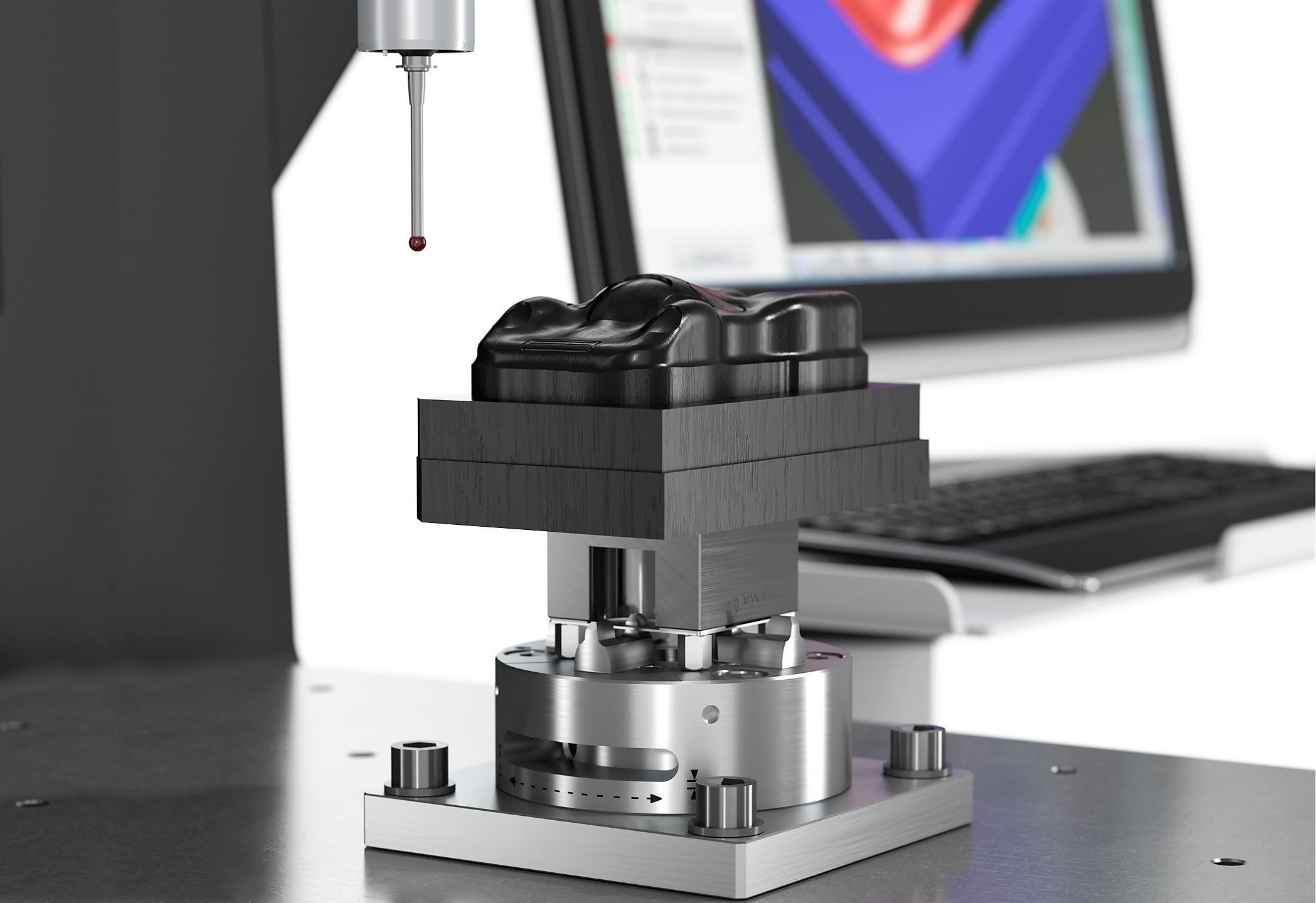Plastic injection molding
What must be cared for plastic injection molding parts measurement?

When it comes to measuring plastic injection molding parts, several critical factors need consideration to ensure accuracy, reliability, and compliance with specifications. Here are key aspects to care for during the measurement process:
-
Dimensional Accuracy:
- Measure key dimensions such as length, width, height, and feature sizes accurately using appropriate measurement tools like calipers, micrometers, or coordinate measuring machines (CMMs).
- Ensure measurements are taken at multiple locations on the part to account for potential variability caused by the molding process.
-
Geometric Features:
- Verify geometric features such as holes, slots, angles, and radii against design specifications.
- Use geometric dimensioning and tolerancing (GD&T) principles to define and assess the form, orientation, and location of features.
-
Surface Finish:
- Evaluate the surface finish of the molded part using surface roughness testers or visual inspection methods.
- Ensure surface finish meets specified requirements for smoothness, texture, and appearance.
-
Wall Thickness:
- Measure wall thickness variations across the part to ensure uniformity and compliance with design requirements.
- Use ultrasound or specialized measurement tools designed for assessing wall thickness in plastic parts.
-
Undercuts and Draft Angles:
- Verify the presence of undercuts and draft angles required for mold release.
- Measure draft angles to ensure they meet design specifications and facilitate part ejection from the mold.
-
Material Properties:
- Assess material properties such as hardness, density, and tensile strength to ensure consistency and compliance with material specifications.
- Conduct material testing using appropriate methods such as hardness testing or spectroscopy.
-
Visual Inspection:
- Conduct visual inspection of the molded parts to detect any defects such as sink marks, flash, warpage, or surface irregularities.
- Use magnification tools such as microscopes or magnifying lenses for detailed inspection of small features or surface imperfections.
-
Tolerance Verification:
- Verify dimensional tolerances and part-to-part variation against design specifications.
- Use statistical process control (SPC) techniques to monitor and control dimensional variation during production.
-
Assembly Compatibility:
- Check the compatibility of the molded part with mating components and assembly processes.
- Ensure proper fit, clearance, and functionality of assembly interfaces.
-
Documentation and Reporting:
- Document measurement results and inspection data, including detailed reports of dimensional measurements, surface finish, and visual inspection findings.
- Provide comprehensive documentation for traceability and quality assurance purposes.
-
Calibration and Maintenance:
- Ensure that measurement instruments are regularly calibrated and maintained according to industry standards.
- Maintain records of calibration certificates and instrument maintenance for traceability and reliability.
By addressing these considerations and employing appropriate measurement techniques and tools, you can ensure the accurate assessment of plastic injection molding parts and maintain high quality and consistency in production.
